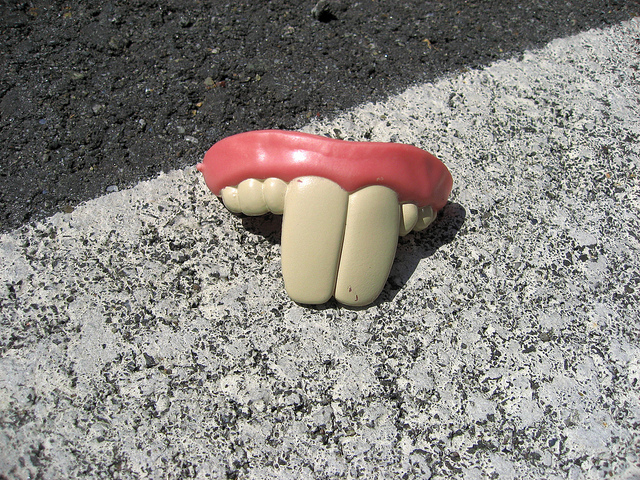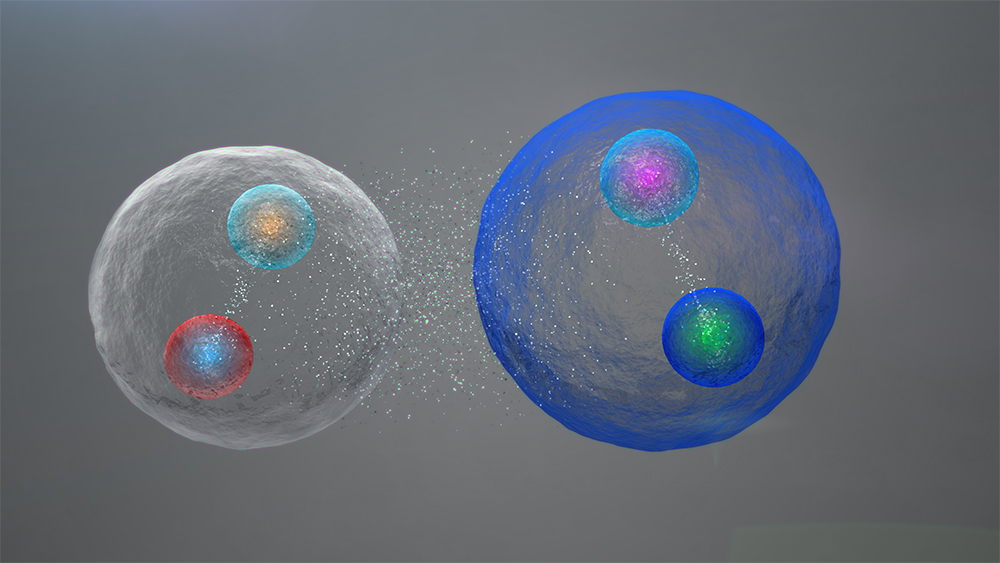You were born without any teeth. So was I. So is everybody.
Do you know when your first tooth popped out? The first tooth, usually the lower front tooth, appears at the age of 6-8 months. Though it could be a little later or earlier. Some rare times, babies are born with teeth already in their mouth. These are called Natal teeth. Were you a natal teeth baby?
By the time you were three, you probably had all you ‘milk teeth’ – 20 teeth in all. 10 in upper jaw (maxilla) and 10 in lower jaw (mandible). Milk teeth are the first set of teeth that grow in our mouth, and they are not permanent. They are also called deciduous teeth, primary teeth or fall teeth since they eventually fall.
There comes a day, when while munching on a firm fruit you realize your tooth is wobbly. You are around six years old and your milk teeth start falling out. They give way to stronger permanent teeth that are going to stay with you for life. Over the years, 32 Permanent teeth adjust themselves in our mouth. 16 are found in the maxilla and 16 are found in mandible.
Any idea what our teeth are made up of? Four major tissues make up our tooth – Enamel, dentin, dental pulp and cementum. Enamel is the hardest substance of the human body and make outermost layer of the teeth. It is made up of a mineral that is mostly calcium. No wonder mom tells you to eat a lot of calcium for healthy teeth! Dentin is a yellow bone like material protects the pulp. Pulp holds nerve fibers that tell your brain when something goes wrong. Cementum holds a tooth firmly to the jawbone.
When you smile or giggle the part of teeth that are seen by everybody is the part that sits above your gum. It’s called crown. The part that in below your gum is called the root.
If you notice, permanent teeth don’t all look the same. Wonder why is that? It is because they are designed to do different things.
Just open your mouth and notice all your teeth. The teeth right in front, four in the each lower and upper jaw, are the Incisors. They have flat sharp ends, and are meant for cutting and biting. You always bite food from your incisors! Besides the incisors are pointy teeth called canines. They are four in all. Two at the top and two at the bottom. They are meant for tearing food. Now stretch your mouth a little wider to observe the set of teeth lying next to the canines. These are called premolars. They are eight in all. Four at the top and four at the bottom. They have ridges at the bottom and are meant to crush and grind food. The last twelve teeth right at the back of your mouth, distributed equally amongst lower and upper jaw, are the molars. Molars are bigger than premolars and grind the food even finer until it is ready to be swallowed. You might not see 12 molars in your mouth. Why? The last teeth to grow in persons mouth are called the wisdom teeth, also known as third molars. They usually grow later in adult life.
All these teeth in our mouth have to be taken care of well. Brush your teeth at least twice in a day and rinse your mouth after eating something, especially candies. The moment bacteria start growing on them, their decay starts. The choice is yours – you want rotten looking teeth and foul smelling mouth or sparkling, clean healthy teeth that you can be proud of? Be responsible and brush your teeth everyday.





Leave a Reply